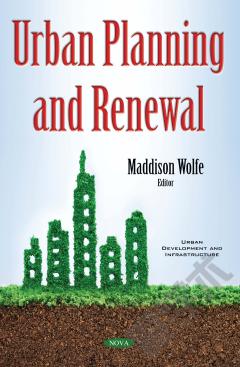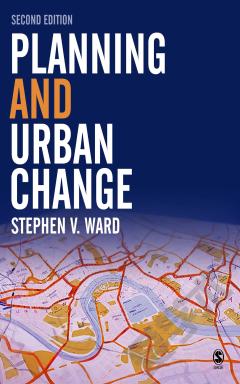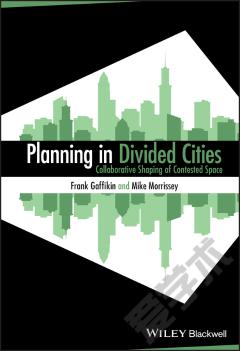Urban Planning and Renewal
Urban planning professionals around the globe are confronted with a multitude of challenges and problems as a result of economic, environmental and social issues impacting growing cities. With the effects of urbanization and the resultant pressure on neighbourhood infrastructure and amenities, urban planners and other public officials are being called to address sustainable community development. Chapter One examines the availability and quality of neighbourhood infrastructure in Jamaica, and discusses the implications for public health and urban planning in a Small Island Developing State (SIDS) at the Low/Middle Income Country (LMIC) stage of development. Chapter Two discusses the role of ESs as factors that improve the effectiveness of Strategic Environmental Assessment (SEA)-based processes; more precisely, it investigates how the integration of ESs into SEA-based processes can benefit Management Plans (MPs) of sites that belong to the Natura 2000 network and lead to higher levels of environmental quality. Chapter Three will provide an introduction to the history of sustainable urban development in England and the concept of urban extensions. Chapter Four utilizes a conceptual mechanism of place, non-place and placelessness to discuss some of the most recent transformations in three of Phoenix’s inner-ring suburbs: Maryvale, East Van Buren, and South Phoenix. Chapter Five illustrates the application of social force theory. Chapter Six advocates a self-organized LR model in which villagers’ committees (VCs) are empowered to initiate, plan and execute urban village renewal projects on their own. Some suggestions are given for pursuing a more workable and fairer way to design and implement the self-organized LR model in the future. Chapter Seven evaluates the impact of sense of community on Macau residents’ choice of urban renewal mode.
{{comment.content}}








 京公网安备 11010802027623号
京公网安备 11010802027623号